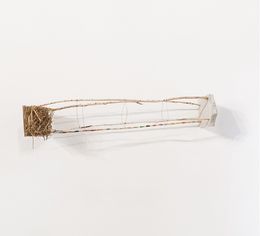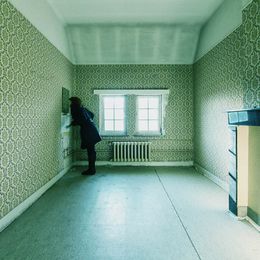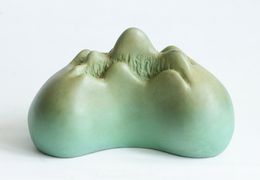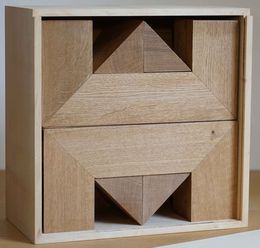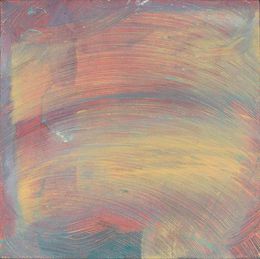
Welcome to Atelier Jones Studio
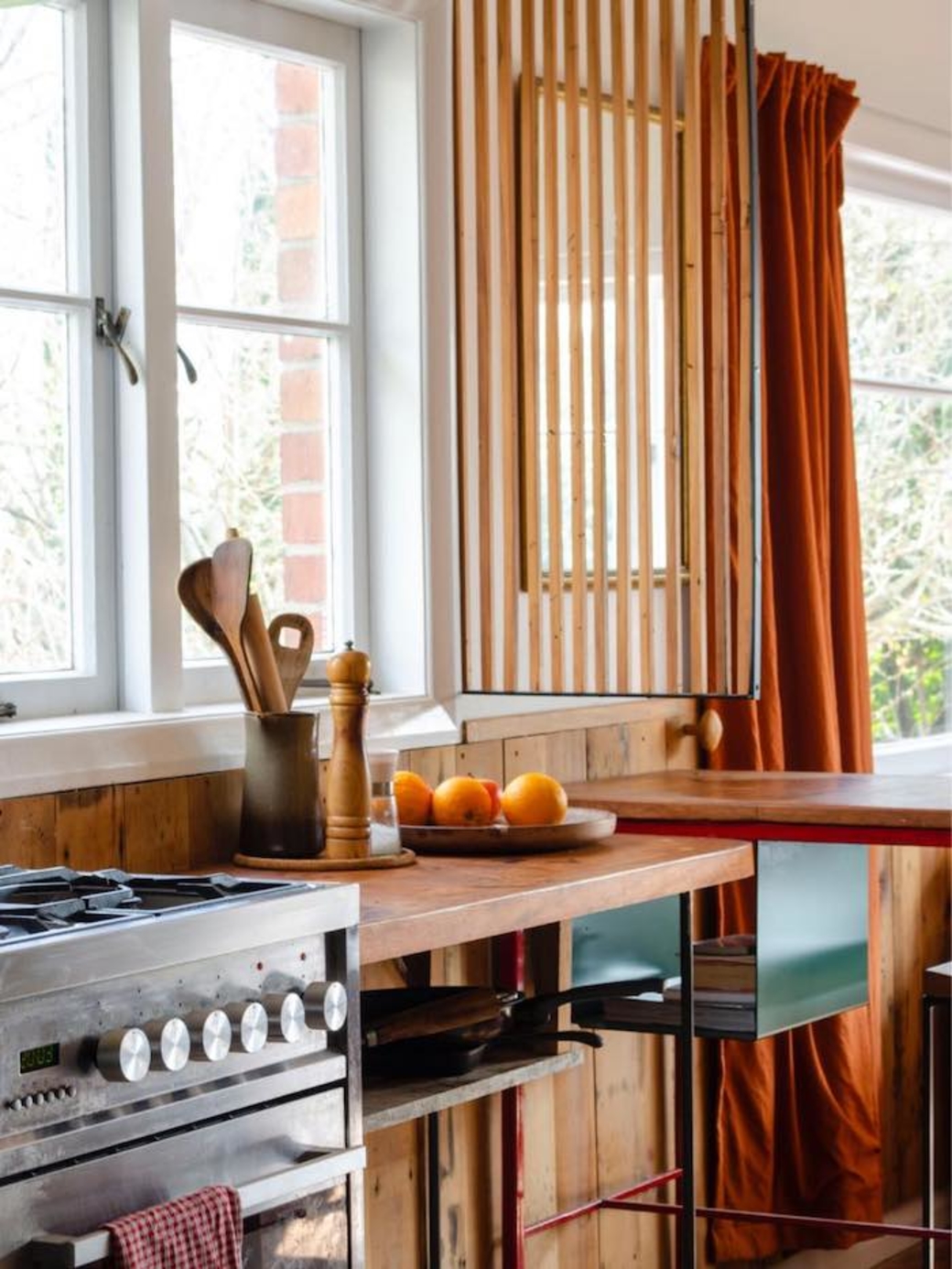
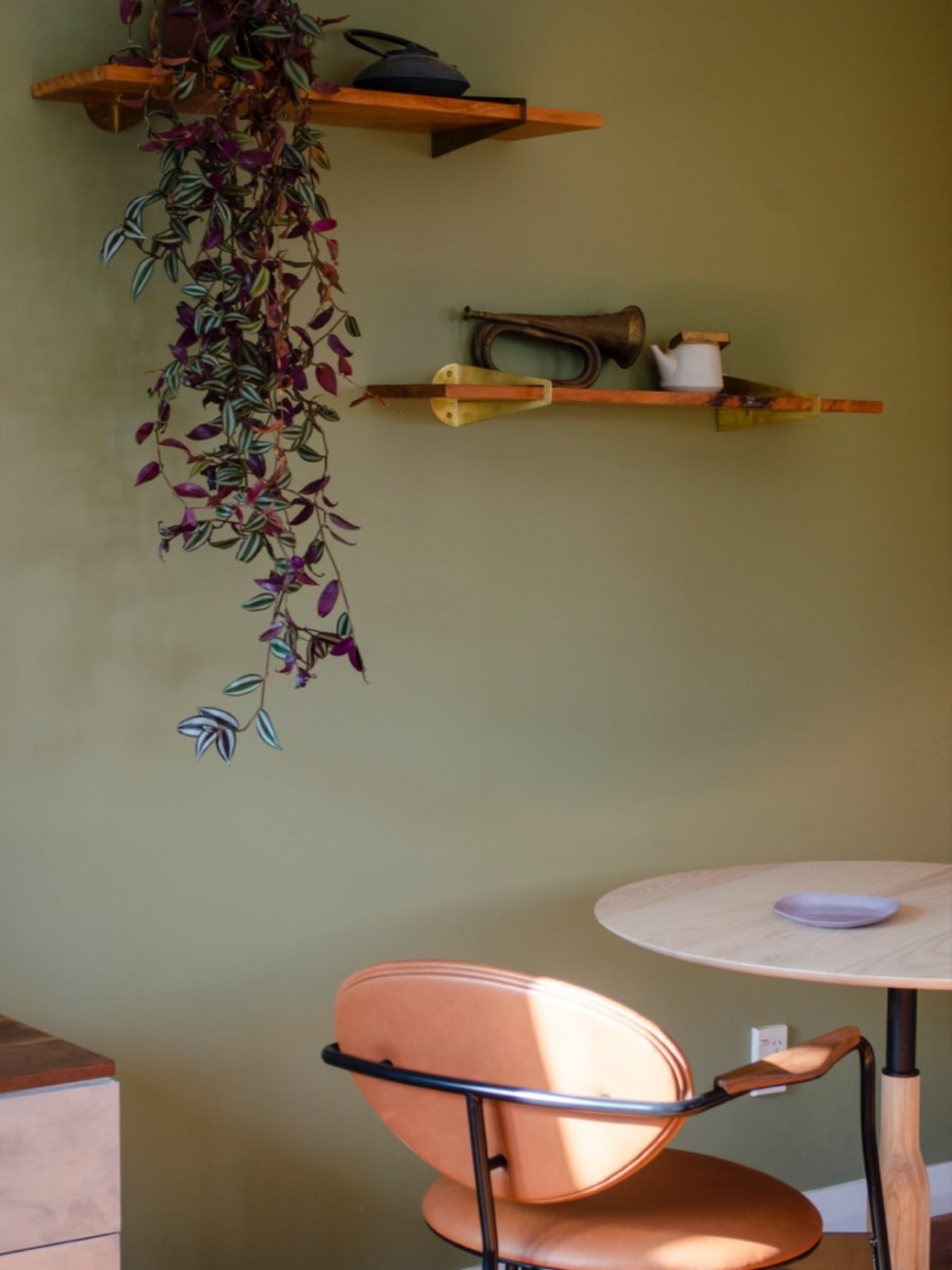
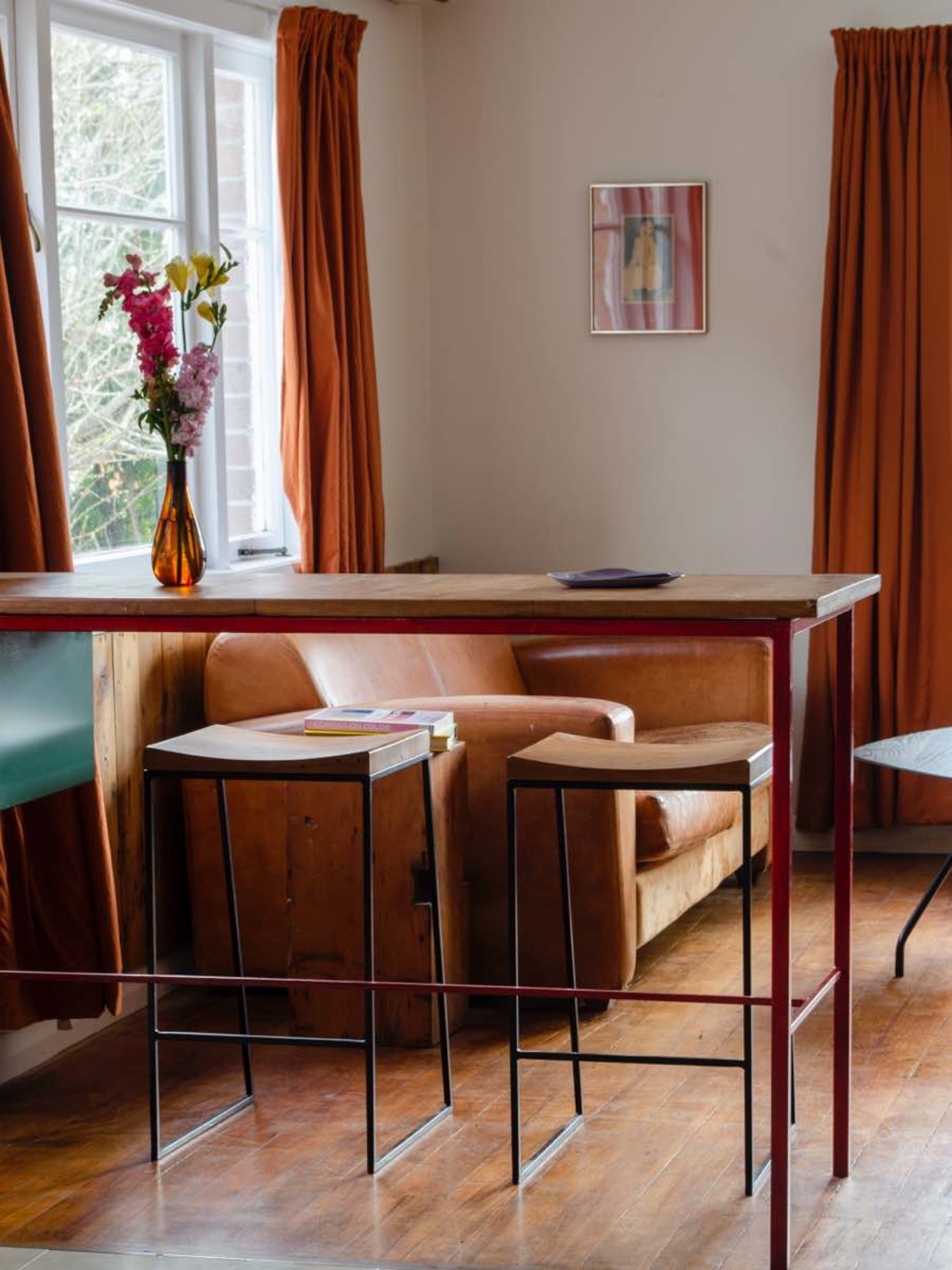

Photographs of Raimana's home © Raimana Jones
Raimana Jones is the founder of New Zealand-based design studio Atelier Jones Design, recently joined by French-born spatial designer Mathilde Polmard. Rooted in the values of the Bauhaus, his approach to design emphasises quality craftsmanship, sustainability and collaboration. Join us as we chat to Raimana about his favorite project to date, the influence of the Bauhaus on his practice, and the need for sustainability in the design world.
1. Hello Raimana! Can you tell us a bit about yourself and your career in interior design so far?
I was born and grew up in the tropical paradise of Tahiti. My family and I moved to New Zealand in 2006 and I had two years of high school left. I struggled with moving schools but went on to complete a certificate that then led into university. I chose a degree called Spatial Design which was such an interesting course. It really valued conceptual thinking and it taught me the value of having a poetic lens when designing. Initially, I wanted to become an architect, so I transitioned into a Masters of Architecture.
After working at some large architectural companies, I was asked to teach a combination of design studio papers and a technical paper called “Digital Fabrication." I found the process of teaching to be a great way to master valuable skills in computer aided technologies. I would use the rest of my time to experiment and hone my skills, building furniture and objects in the university workshop, and that's how I fell in love with making and how Atelier Jones started. The business started at the furniture and object scale, then to a whole room and now we are designing entire spaces.
Materials and their respective tools are always at the foreground of our design process, whether it is a piece of furniture or a space. Mathilde Polmard who also has a background in Spatial Design and Architecture and making, has joined the practice for over a year now. She is one of the most practical designers I have met. We're very lucky to be working together and our skillsets complement each other beautifully.
2. What is your favorite design project to date?
My favorite design project to date is the “Hong Kong Inspired Kitchen." I worked really closely with the client to design and build a kitchen that would reflect his familial and cultural heritage and that would also be practical for the type of cooking he is used to. In the end, it's a small project that demonstrated that design can be used as a tool to create a sense of belonging. It was the first kitchen I built from scratch, and was a steep but fruitful learning curve.

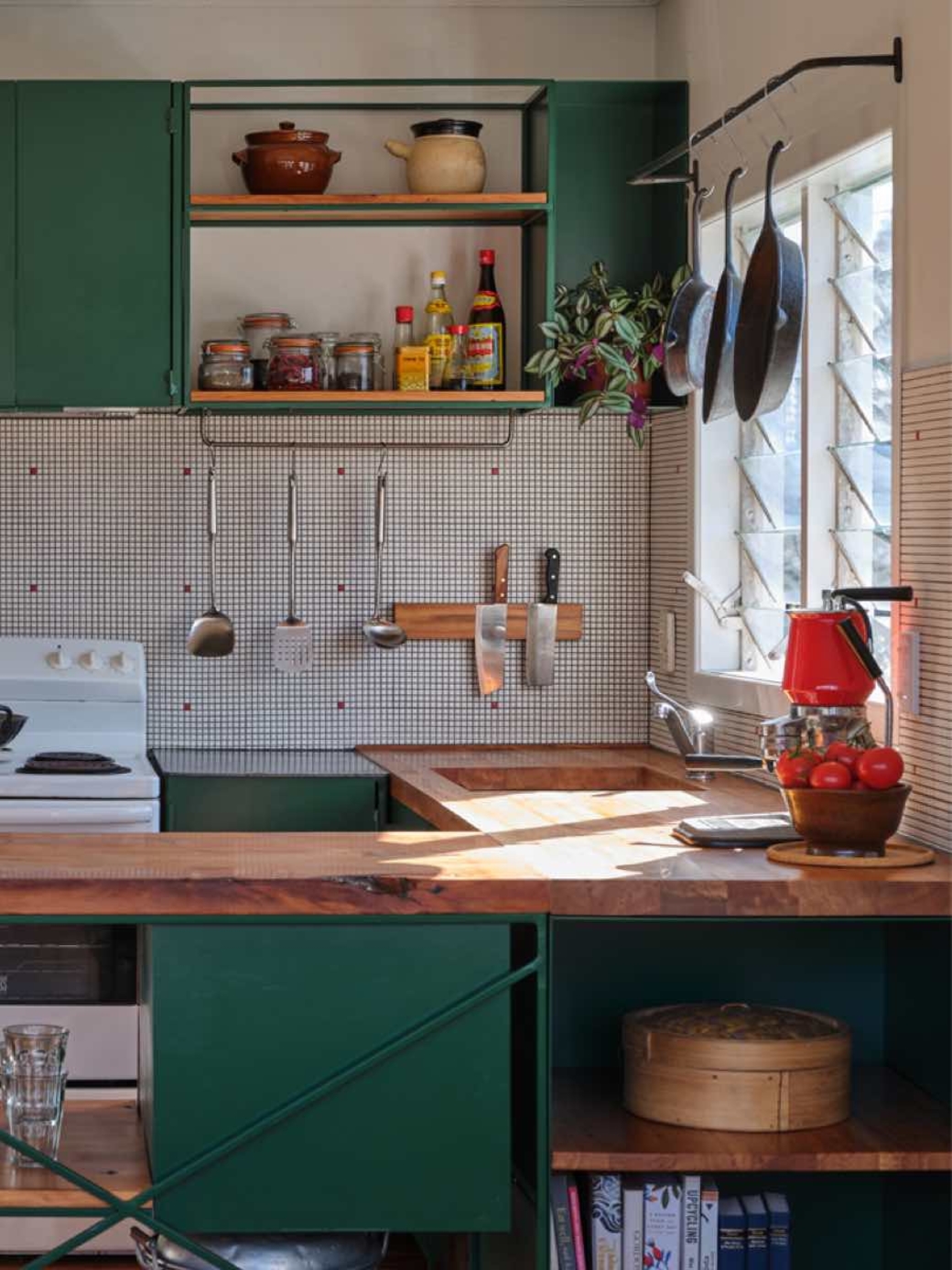
On the left: photograph of Raimana's home © Raimana Jones, on the right: Atelier Jones Studio project "Hong Kong Inspired Kitchen" © Samuel Hartnett
3. Your design practice is rooted in the Bauhaus. What is it that draws you to this period of design? And are there any Bauhaus artists or designers that you are particularly inspired by?
It's particularly the designing through making and the intersection and cross pollination of different disciplines that has drawn me to this period. Technologies and materials available at the time were also exploited and pushed in new areas. Marcel Breuer for example, borrowed tube bending techniques used in bicycle manufacturing to build one of the most iconic chairs of the century, and is still relevant today. I also admire Marianne Brandt for her persistence to be accepted in the metal workshop – which could only be accessed by men normally. She designed and made a teapot that became one of the most recognised objects from the Bauhaus.
4. A core aspect of the Bauhaus school was a unification of all the arts. How do you think the work of fine artists has influenced your practice?
I'm always fascinated by how fine artists are able to convey particular abstract, emotional qualities with a manipulation of materials, colors and forms. In design, I find that function can often constrain the purity of these abstract articulations and so it's about finding that right balance – between expressing an abstract quality and serving a purpose.
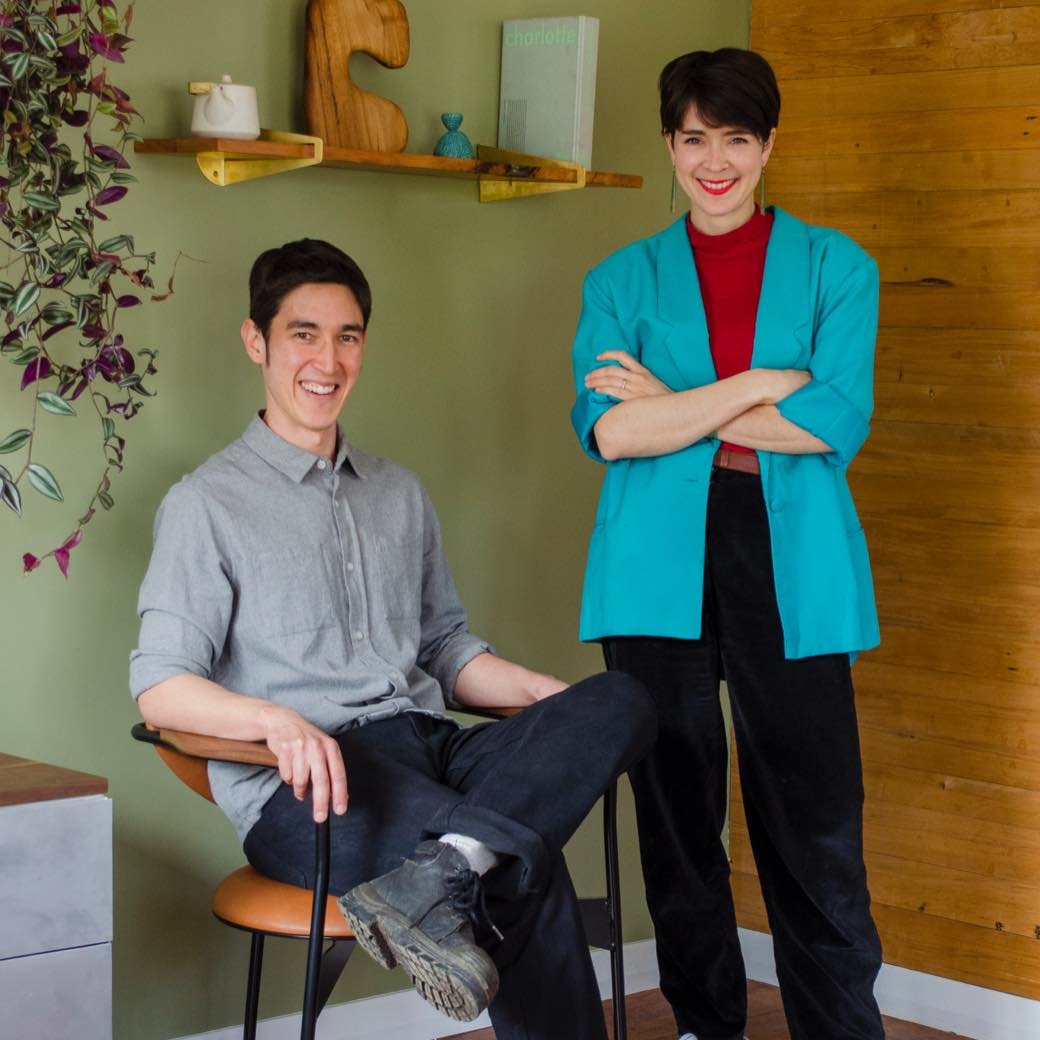

On the left: portrait of Raimana Jones and Mathilde Polmard of Atelier Jones Studio © Jefferson Chen, on the right: Atelier Jones Studio project "Tidy Space" © Samuel Hartnett
5. You are very conscious of materials and sustainability in your design practice. How much do you think designers today have a responsibility when it comes to working sustainably?
More so than ever I'd say. Designers have the ability to shape trends and release products that are going to meet the demand of a large amount of the population so it's always good to take into account the lifecycle of the product, to obtain knowledge around the origin of the materials involved and the production process. I read a mantra by the Shakers that also inspired Terence Conran: “That which has in itself the highest use possesses the greatest beauty." I love this mantra because to me it speaks to how the amount you love a thing reflects on the frequency of its use. If the intention is to release things into the world that are going to be cherished and loved, that are going to be beautiful and useful, then it would be very difficult to replace them. I think this is the most responsibility a designer should have and I believe it's the most sustainable way we can design – to design things that are going to be irreplaceable.
6. Are there any emerging fine artists that you currently have your eye on?
Currently I have my eyes on Yona Lee.
7. Finally, if you could choose your dream design project, what and where would it be?
Once a year we go on a multi-day hike and I find the Department of Conservation huts to be fascinating spaces. They are highly functional, designed for a short-term stay and are self-sufficient spaces. I'd love the opportunity to design and build a hut in the bush.
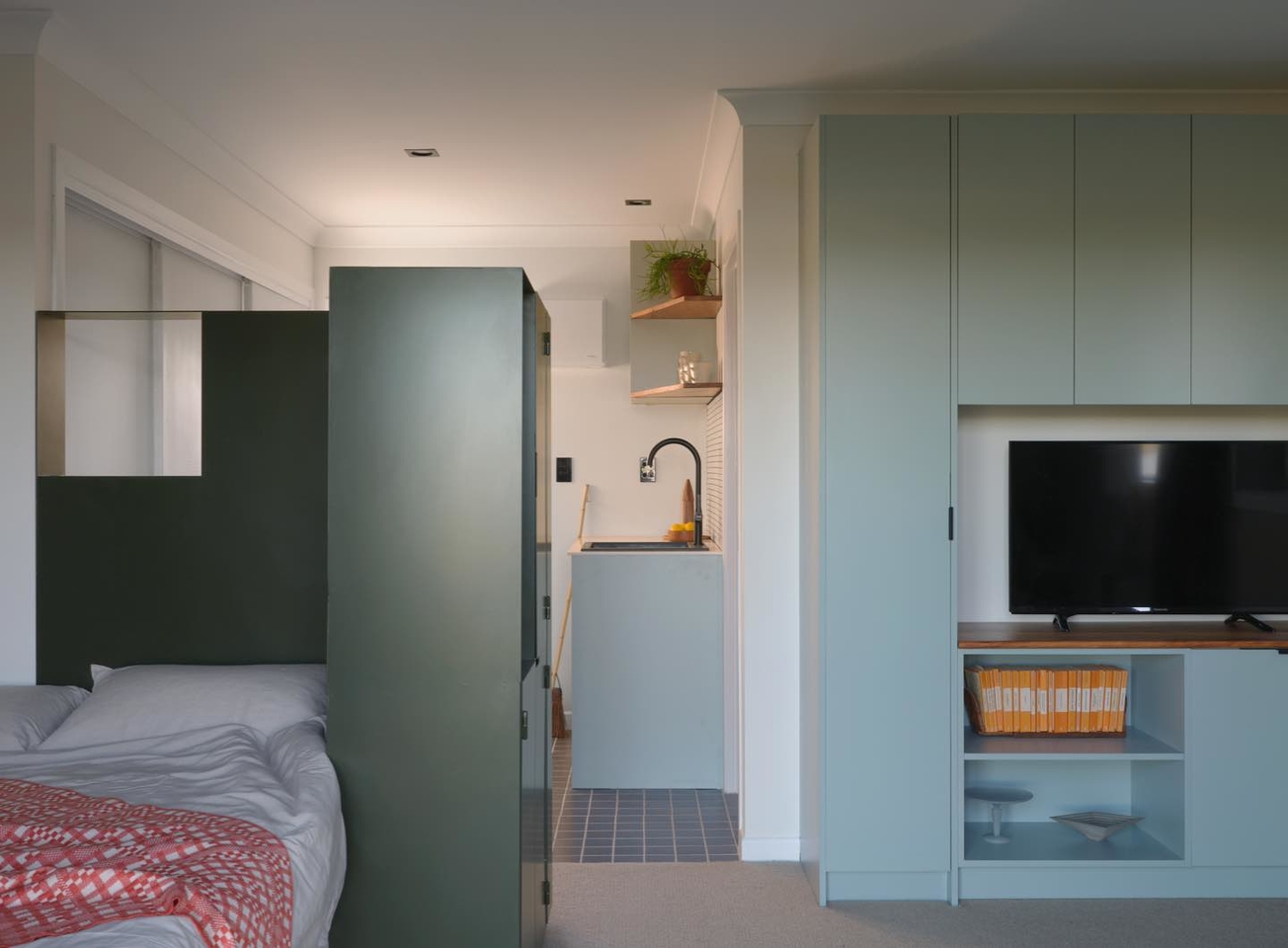
Selección de obras de arte


